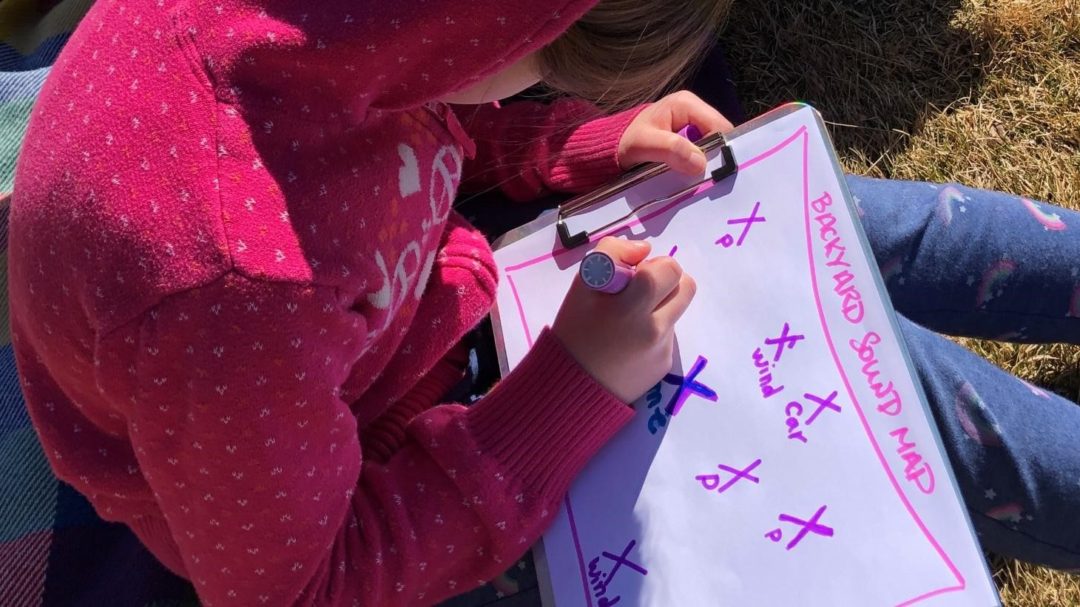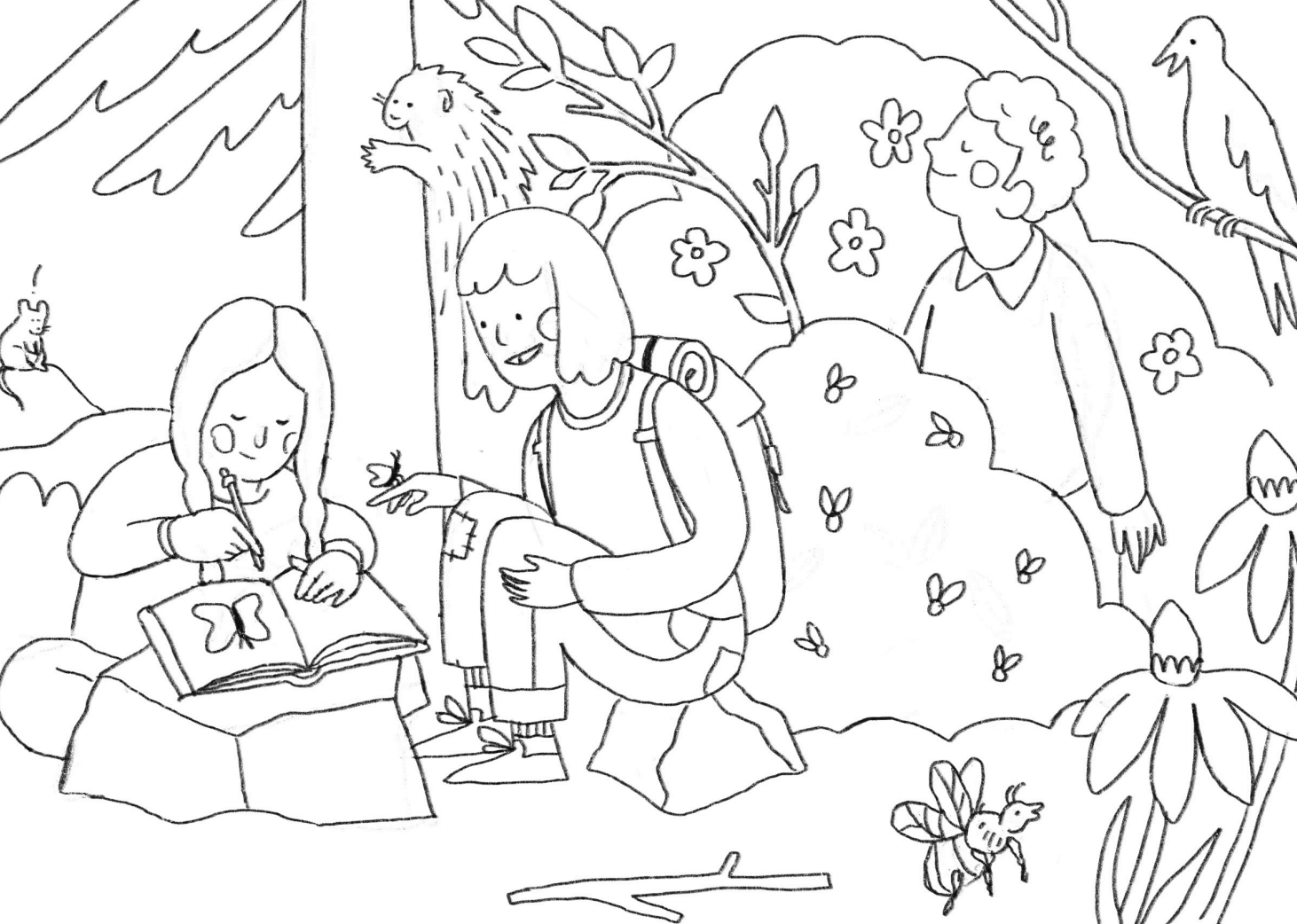Every day Alberta's grasslands provide gifts of vast biodiversity, rich cultural heritage and essential ecosystem services.
And yet, less than 2% of this amazing natural region is protected. What gives??? And how and why should any of us care? Together, CPAWS Southern Alberta and the perspectives and lessons of those who inhabit and define grasslands—from Indigenous voices to species at risk—will reveal how relationships lie at the heart of why grasslands matter now and forever...
Join CPAWS on this rich and wonderful experience to meet your prairie home again, for the first time.
Hunt like hawks, belong like bison, and experience first-hand the beauty, strength, and diversity of your grasslands!
What teachers & students are saying
Which grade levels is this experience for?
- Grade 4
- Grade 6
- Grade 7
- Grade 9
Which modalities are available for this experience?
*Please note down your planned located for a hike/community walk as you will be asked to fill this information out during time of booking.
HOW WILL CPAWS SUPPORT STUDENT LEARNING AND CURRICULUM GOALS?
Core Competencies
- Critical Thinking
- Problem Solving
- Managing Information
- Creativity & Innovation
- Communication
- Collaboration
- Cultural and Global Citizenship
- Personal Growth & Well-Being
Explore Curriculum Connections by Grade Level
Continue your discoveries at home with these activities!
Bring Nature Home is our online database of tried-and-tested CPAWS Southern Alberta activities! Here are some ways that you can bring nature home (or to the classroom) today!

Sound Mapping

Sound Stalk Game

